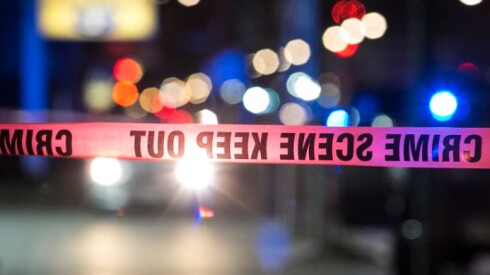Cancer is not the dreaded “c-word” death sentence of old. But the word still catches your attention. So when a division of the World Health Organization announced that aspartame, an artificial sweetener commonly found in diet soda, “could possibly cause cancer,” this can-a-day Fresca addict, of course, took notice.
It would be the type of irony you expect in a topsy-turvy world — all those years of guzzling Jack Daniels, and Fresca does me in. Of course.
I checked the ingredients of my beloved grapefruit-flavored carbonated beverage. Yup, aspartame.
Then I went back to the article that had delivered the bad news — important to do now that we absorb scraps of information by scrolling, flipping and glancing — and kept reading. Seven paragraphs in, the threshold of danger, as explained by another WHO unit, is presented as consuming more than a dozen cans a day, for a 150-pound man. Or about 20 for me. Quite a lot, really. And I don’t even drink a Fresca every day. Some days I’m in a restaurant, and restaurants typically don’t serve Fresca, through some mysterious general menu exclusion. Or I splurge on lemonade.
So I’m probably safe. In that regard.
The process of balancing dangers, evaluating them, changing your behavior accordingly — what you do despite the peril, what you refuse, despite the benefits — doesn’t get a fraction of the attention it deserves. Like the computers we’re increasingly enslaved to, we’ve become creations of 0s or 1s, safe or dangerous, when most of life actually transpires in the great gray region between.
Sometimes there can be a little danger, but something is still good. Take vaccines. There are without question perils to taking vaccines, in the one-in-a-million adverse reaction. And if that one-in-a-million is your kid going into anaphylactic shock, well, that can warp your worldview. The there’s-risk-but-it’s-still-a-good-idea calculus is too complicated for a lot of people to process.
Or there can be a benefit, but something is still bad. That’s always been my attitude toward guns. I can clearly see the advantages: cool, macho devices. One-in-a-million protective value. A definite teddy bear comforting effect. But compared to the very real risks of shooting yourself on some dark night of the soul, or one overly inquisitive kid shooting another, I’ll pass. The bottom line is, I’m 63, and have gone about my business fine, unarmed.
As guns remind us, this risk/reward calculus is invariably an emotional process, not a rational one. When I was diagnosed with COVID-19, in late June, my first, central and overwhelming thought was to get my hands on Paxlovid and start taking it ASAP. Period. No risk assessment, no deliberation. I didn’t even read the side effects or cautions, never mind consider them. I didn’t have to, and would have shrugged off anybody who suggested otherwise. I knew that if you took Paxlovid within a few days of contracting COVID-19 your ordeal would be lessened, and I wanted my ordeal lessened.
At 7 a.m. and 7 p.m., like clockwork, I poked my three pills out of their blister pack and knocked them down. (For all the good it did; three weeks later, I still have COVID-19, speaking of wanting to shoot yourself.)
Only after my five days were up, and my wife came down with COVID-19, too, and started taking Paxlovid, did I read about the “very bad and sometimes deadly side effects” which, albeit rare, are known to occur.
There were a lot of them. “Very bad” indeed. One that stood out was “epidermal necrolysis,” which is as awful as it sounds — basically your skin dies and falls off, and if enough of it is affected, you die too.
Had I actually read that, I think I’d have taken Paxlovid anyway. As anyone who watches broadcast TV knows, there is hardly a drug that doesn’t carry a brace of warnings (I love the ones that encourage you to contact your doctor if you go blind. Like people need to be told that. I guess they do.).
What’s the take-away? I just walked into the bathroom, flipped open the medicine cabinet, took out a bottle of pills and checked the “Warnings.” Among the 15 lines of tiny type are nausea, vomiting, hives, facial swelling, asthma, shock and stomach bleeding.
The drug is aspirin. A reminder that knowledge only goes so far. At some point, you close your eyes tight and hope for the best.





